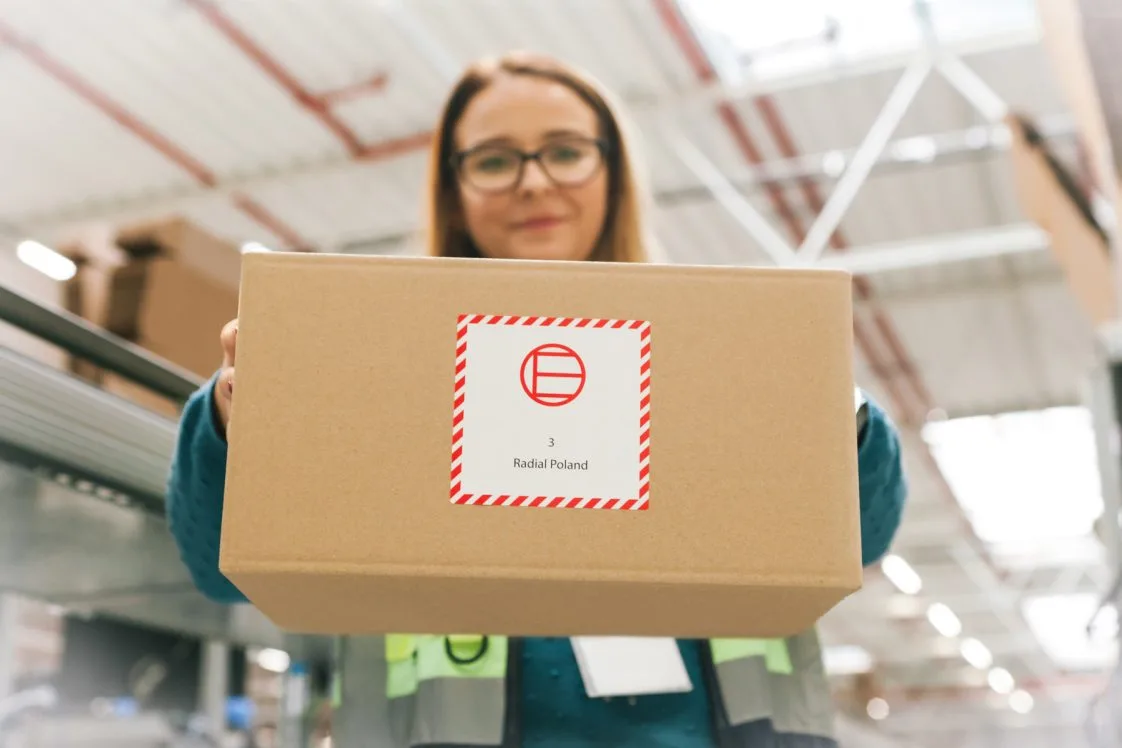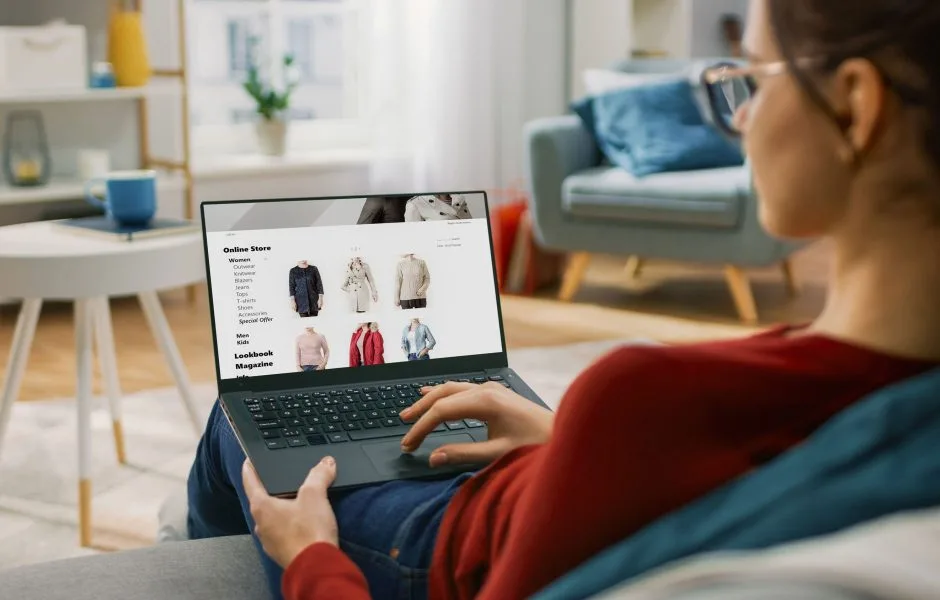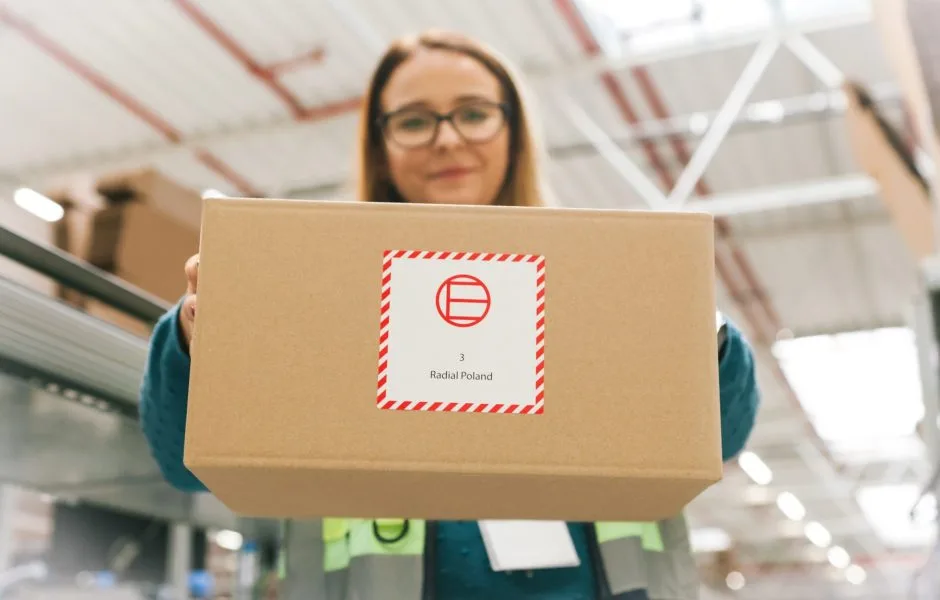3PL Value Proposition

The Bottom Line First:
Third-party logistics benefits
Fashion brands seeking to optimize operations turn to third-party logistics (3PL) providers. Why? The data is clear: partnering with a specialized provider, able to create a valid 3PL value proposition, brings a lot of benefits:
- Elimination of capital-intensive warehouse investments
- Access to advanced logistics technology without development costs
- Ability to scale operations seamlessly during peak seasons
- Improved delivery performance and customer satisfaction
In an industry where capital efficiency and customer experience drive success, the right logistics partnership is a strategic differentiator.

Recent studies show that companies using 3PL services report an average logistics cost reduction of 13% and a fixed asset reduction of 23%.
Finding Your Perfect Fit: Scaling Solutions for Every Brand Stage
3PL advantages
The concept of scalable, modular approaches addresses the varied needs of fashion brands at different growth stages. This ensures brands only pay for services they actively use—from basic warehousing to comprehensive omnichannel distribution, returns processing, and value-added services.
Industry research confirms that appropriately sized logistics solutions impact both cost structure and operational performance. A scalable model delivers flexibility through:
- Modular service selection
- Pay-as-you-grow pricing
- Absence of long-term volume commitments
- Technology integration that scales with your business
This approach particularly benefits emerging brands by removing traditional barriers to accessing enterprise-grade logistics capabilities.

In fact, 75% of 3PL users report that 3PL services have contributed to overall logistics cost reductions.
Cost Drivers: Understanding the 3PL Value Proposition
When evaluating logistics outsourcing, here are the factors that influence pricing:
- Service Customization: Does the provider allow selective service adoption?
- Volume Economics: Are carrier discounts and operational efficiencies passed through to clients?
- Space Flexibility: How adaptable is the warehouse allocation during seasonal fluctuations?
- Technology Access: What level of visibility and control does the platform provide?
These factors create significant variability in pricing structures across providers, making it essential to align services with specific business requirements rather than pursuing the lowest nominal rate.

Managing fashion’s volatility
The Seasonal Challenge: Managing Fashion’s Volatility
Fashion’s inherent seasonality creates particular challenges for logistics operations. Inventory levels can fluctuate dramatically throughout the year, with peak periods often requiring 2-3 times the standard storage capacity.
A specialized 3PL partner brings several advantages in managing this volatility:
Logistics outsourcing benefits
- Shared resources across multiple clients with different seasonal patterns
- Expertise in forecasting and capacity planning
- Flexible labor models to accommodate volume spikes
- Technology that enables rapid reconfiguration
The DIY Alternative: Understanding In-House Logistics Costs
For comparison, brands managing logistics internally face substantial investments:
- Physical infrastructure (warehousing, equipment)
- Technology systems (WMS, inventory management)
- Specialized personnel
- Ongoing maintenance and upgrades
- Management bandwidth diverted from core business
These costs not only create financial barriers but also introduce operational complexity that can distract from product development, marketing, and other revenue-generating activities. Studies show that companies managing logistics in-house spend an average of 12% of their revenue on logistics costs, compared to 10% for those using 3PL services.

Making the Transition
From In-House to 3PL Partnership
Brands considering the shift from self-managed logistics to a 3PL partnership should evaluate their operations across several dimensions:
- Current and projected order volumes
- Geographical distribution of customers
- Seasonal patterns and volatility
- Product characteristics and handling requirements
- Technology integration needs
- Customer experience expectations
A thorough assessment process helps brands quantify potential efficiencies and develop a customized transition plan that minimizes disruption while maximizing performance improvements.
Conclusion: Strategic Partnership for Growth
The most successful fashion brands increasingly view logistics not merely as a cost center but as a strategic capability that enables growth. By partnering with a specialized 3PL, brands can transform their fulfillment operations into a competitive advantage—delivering exceptional customer experiences while maintaining capital efficiency.
The scalable approach ensures that brands of all sizes can access world-class logistics capabilities without the traditional barriers of large minimum volumes or extensive upfront investments, creating a pathway for sustainable growth in today’s demanding market. In fact, 93% of 3PL users report that their 3PL relationships have contributed to improving customer service.
